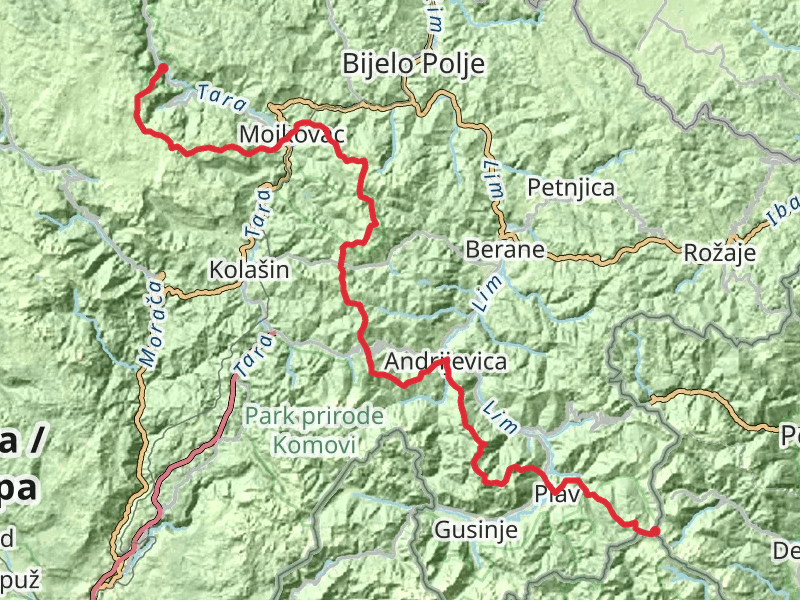"Montenegro's trails offer breathtaking adventures through dramatic landscapes, from rugged peaks to azure coasts."
Montenegro, a hidden gem for hikers, offers breathtaking trails that weave through its dramatic landscapes. Picture yourself trekking the rugged peaks of Durmitor National Park, where glacial lakes mirror the sky, or exploring the lush, untouched beauty of Biogradska Gora's ancient forests. The coastal paths of the Bay of Kotor provide stunning views of azure waters against a backdrop of towering cliffs. Each trail in Montenegro promises adventure, serenity, and a deep connection with nature's wonders.
Most popular hikes
FAQs about hiking in Montenegro

In the spring (March to June) and autumn (September to November), conditions are generally favorable across the country. The temperatures are moderate and the landscapes are at their most vibrant, making it a preferred time for exploring trails like those in the Prokletije National Park. However, weather can be unpredictable, so hikers should monitor forecasts and be prepared for sudden changes.
Overall, late spring and early autumn are considered the best periods for hiking in Montenegro, combining pleasant weather, fewer crowds, and exceptional natural beauty. Ensure you check local conditions and pack accordingly, utilizing resources like the Montenegrin Mountain Rescue Service (https://climateknowledgeportal.worldbank.org/country/montenegro/climate-data-historical) for updates and advice.








